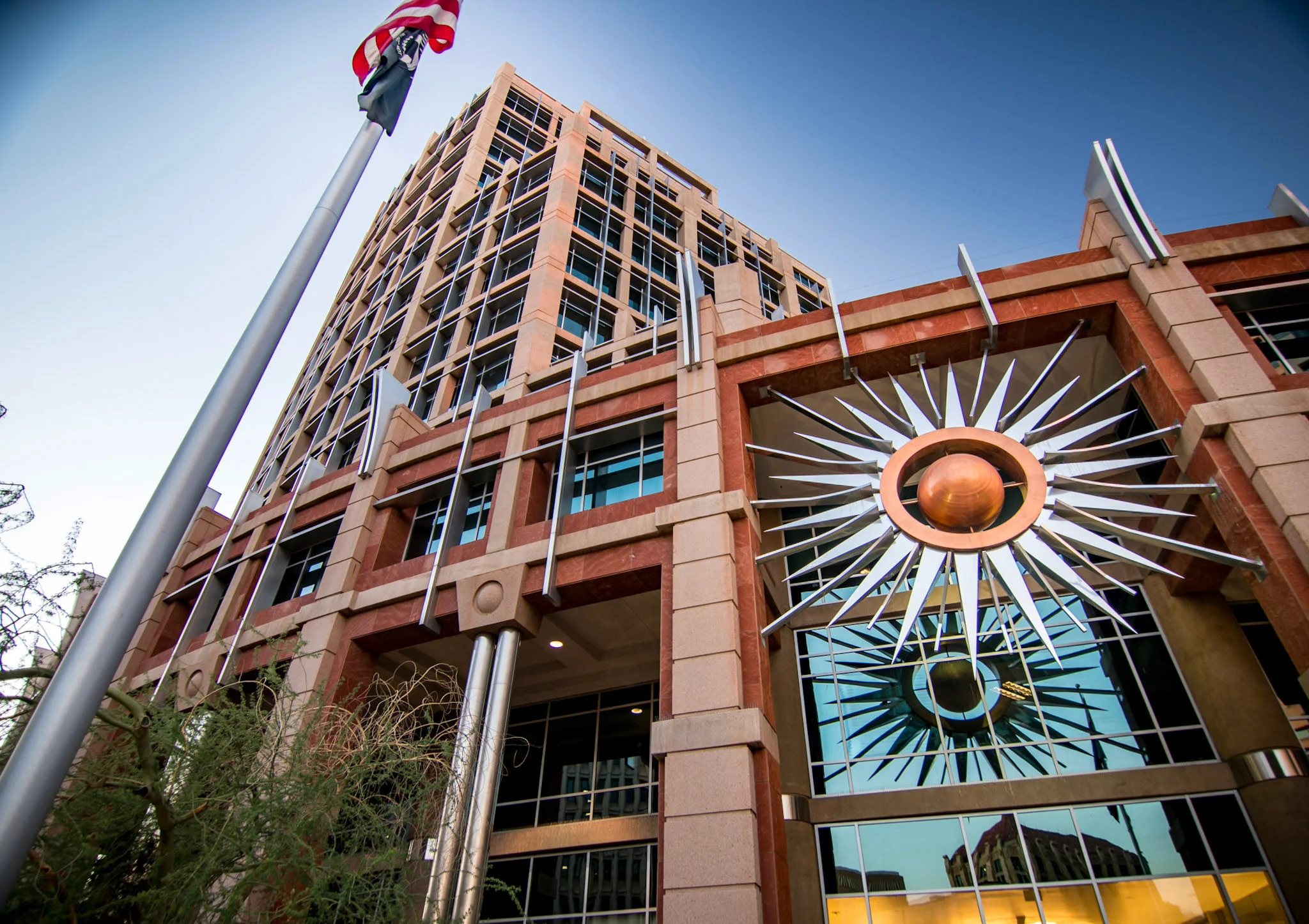AZ-TF1 remains in a constant state of readiness for rapid deployment as a Type I or modular US&R resource with competencies in; swift water rescue, technical rescue, structural collapse and heavy rescue, hazardous materials detection, emergency paramedicine, canine live find, and human remains detection.
It is the mission of Arizona Task Force 1 to maintain preparedness for an activation and response to urban search and rescue environments on both a local and national level. To successfully fulfill this mission, AZ-TF1 will continuously build those capabilities necessary to effectively plan, prepare, respond, and perform in those communities overwhelmed by the impact of a large-scale incident.

